 Venus in the Blind Spot
Venus in the Blind Spot
Story & Art: Junji Ito
Translation & Adaptation: Jocelyne Allen and Yuji Oniki (“The Enigma of Amigara Fault” and “The Sad Tale of the Principal Post”)
Touch-Up Art & Lettering: Eric Erbes
Original Cover Design: Keisuke Minohara
Cover & Graphic Design: Adam Grano
Editor: Masumi Washington
Publisher: VIZ Media
Junji Ito is, perhaps, a creator who needs no introduction. He is long beloved of many manga fans, recently rising in popularity with a much wider audience, his horror comics touching upon universal fears and fancies. Publisher VIZ Media has committed to bringing more and more of his work to North America, the most recent installment being the short story collection Venus in the Blind Spot.
The first story, “Billions Alone,” seems like a timely tale for our current, socially distant lives. In it, groups of corpses are being found sewn together with fishing line, initially thought to be the work of a single serial killer until incidents begin cropping up in vastly different parts of Japan. Whatever the provenance, the killer is targeting gatherings of people. Michio, who hasn’t left his room in seven years, begins to suspect that it is related to the strange radio broadcasts he’s been hearing, where a mysterious announcer calls out to the “billions alone,” encouraging listeners to “reach out from the heart” and “come together.” The increasing incidents force the citizens of Japan to stay inside, all alone, avoiding gatherings. Sound familiar?
Rather than dealing with strictly supernatural forces, the stories in Venus in the Blind Spot tend to focus on the tensions between people. The title story focuses on a group of men who have fallen in love with a woman whose father runs a UFO research club. The men find that in time, while they can hear the object of their affections, they can no longer see her when she comes physically close to them. Though this seems like some kind of otherworldly cockblock, the real culprit is of a more mundane — though equally terrifying — nature.
Following over a year and a half after the release of Ito’s Frankenstein are three more horror adaptations: “The Human Chair” and “An Unearthly Love” by Edogawa Rampo, and “How Love Came to Professor Kirida,” an interpretation of Robert Hichens’s “How Love Came to Professor Guildea.” These adaptations add favorably to their source material, pushing the themes of obsession and desire with Ito’s stunning signature artwork. In fact, obsession is the watchword for the majority of the stories found in Venus in the Blind Spot. Fan favorites “The Enigma of Amigara Fault” and “The Sad Tale of the Principal Post” make a return, the latter with lush color pages — a feature of this collection that can be seen scattered throughout the book.
Fans of Ito as a person will delight in the autobiographical “Master Umezz and Me,” where Ito details his history of reading Kazuo Umezz’s works like Cat-Eyed Boy and The Drifting Classroom. Ito’s two older sisters loved scary manga, generously allowing their little brother to read their books and buying him his own for birthdays or when he was sick. His usual self-deprecating depiction of himself is on display here, saying that as a kid there was “already nothing cute about me,” and drawing himself with outlandish, hideous expressions. The origins of his love for Umezz are followed by the opportunity he was given to make a manga adaptation of the beloved creator’s newest endeavor, a movie called Mother. This adaptation never came to pass, and Ito’s reaction to that inevitability comically highlights his devotion to his idol. His constant references to his “kind-hearted sisters” is endearing, and fans who have been keeping up with his public appearances will recognize his surprisingly “normal” demeanor and his identity as a family-oriented guy who just happens to write twisted, spine-tingling comics.
North American horror fans are blessed with another beautiful hardcover collection of the master’s works with Venus in the Blind Spot. Complete with color pages, this tome contains some of Ito’s best stories to date, blending the beautiful, the intimate, and the grotesque in the artist’s exemplary style. Horror aficionados can look forward to the print and digital releases of Venus in the Blind Spot, available from VIZ Media starting August 18, 2020. (Follow the link to find a free preview, as well!) For those looking to Ito’s future works, keep your eye on the horizon for Remina, also out from VIZ, in December of 2020.


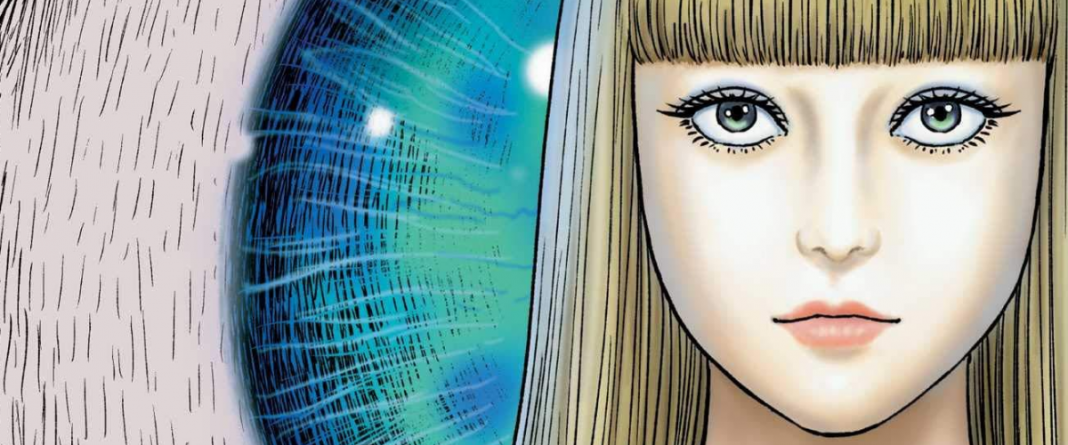
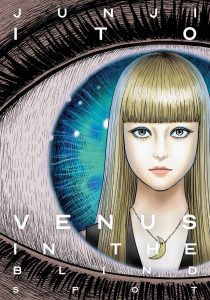
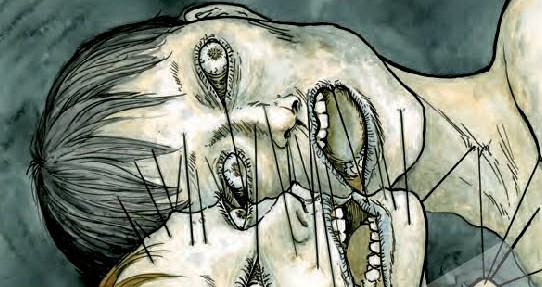
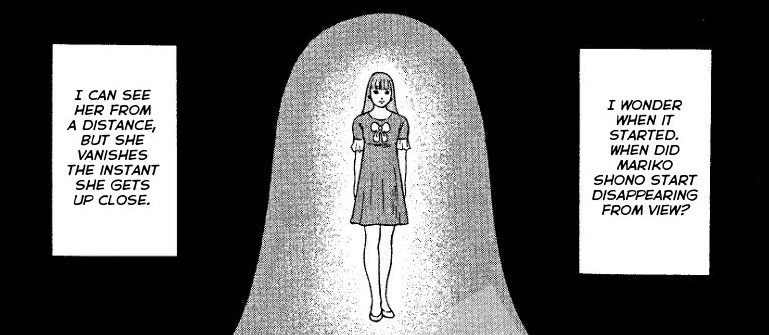
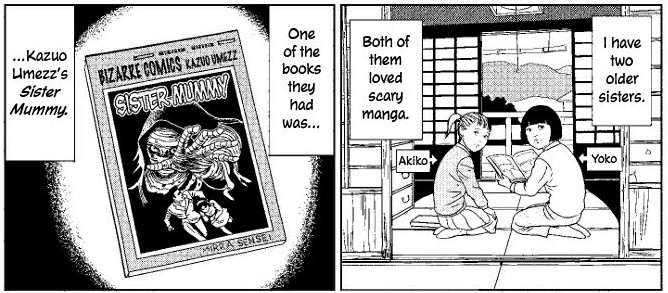
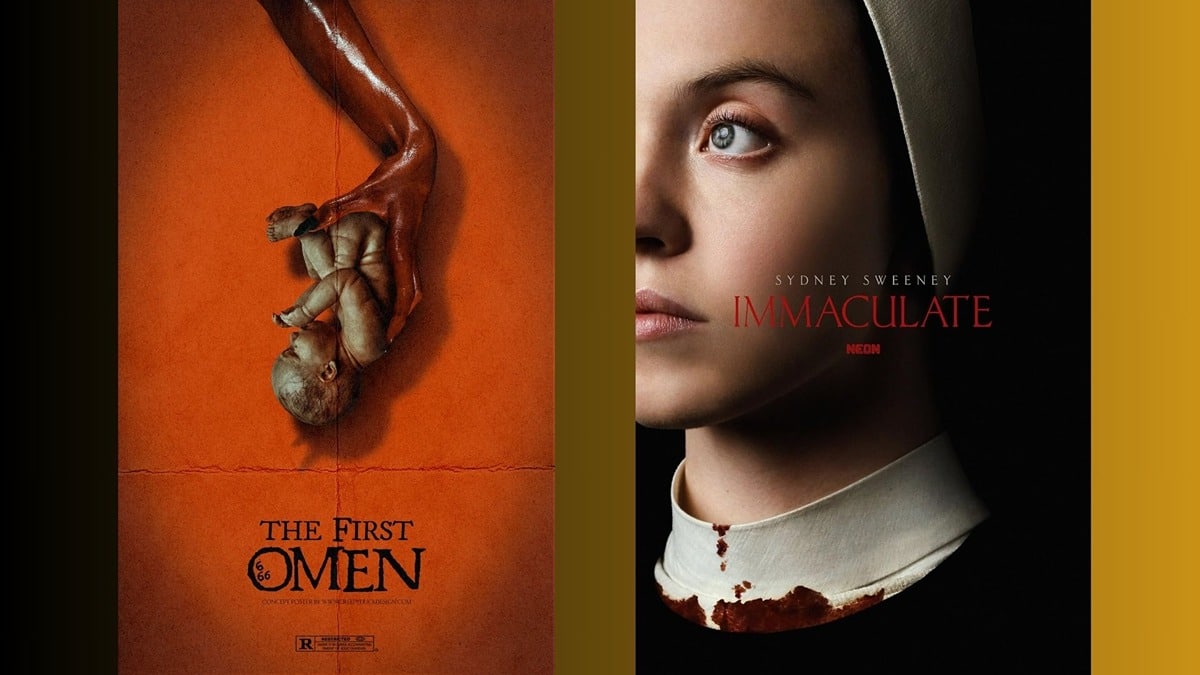
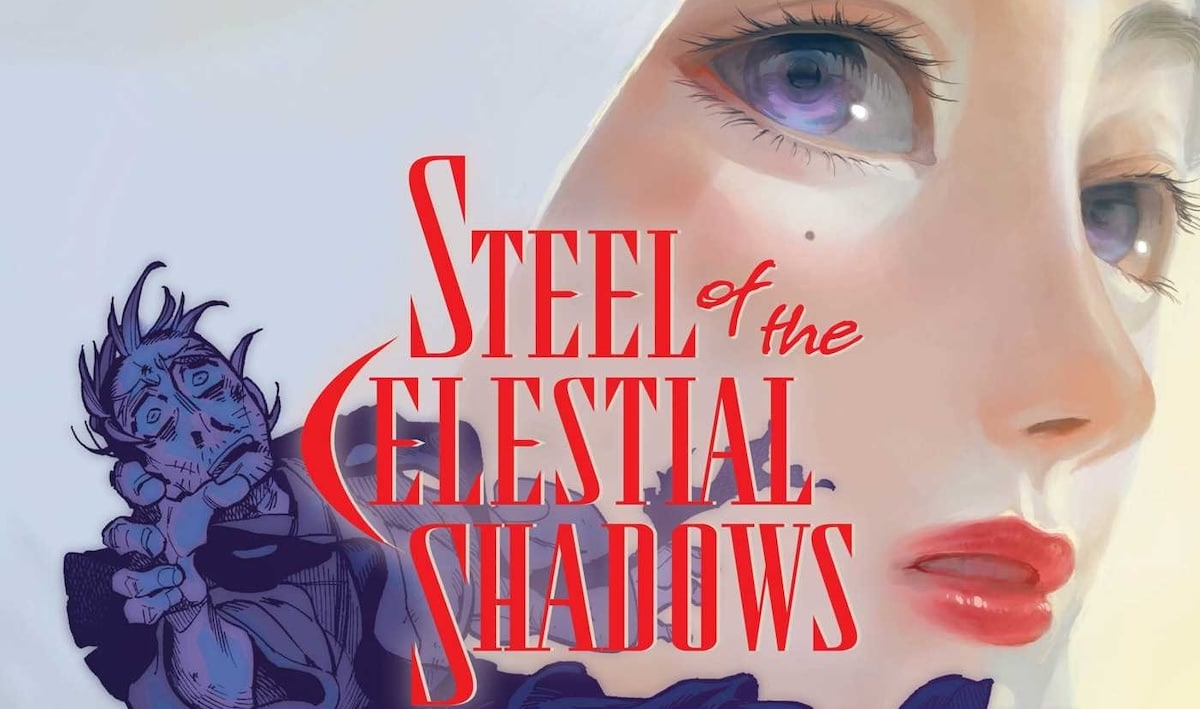
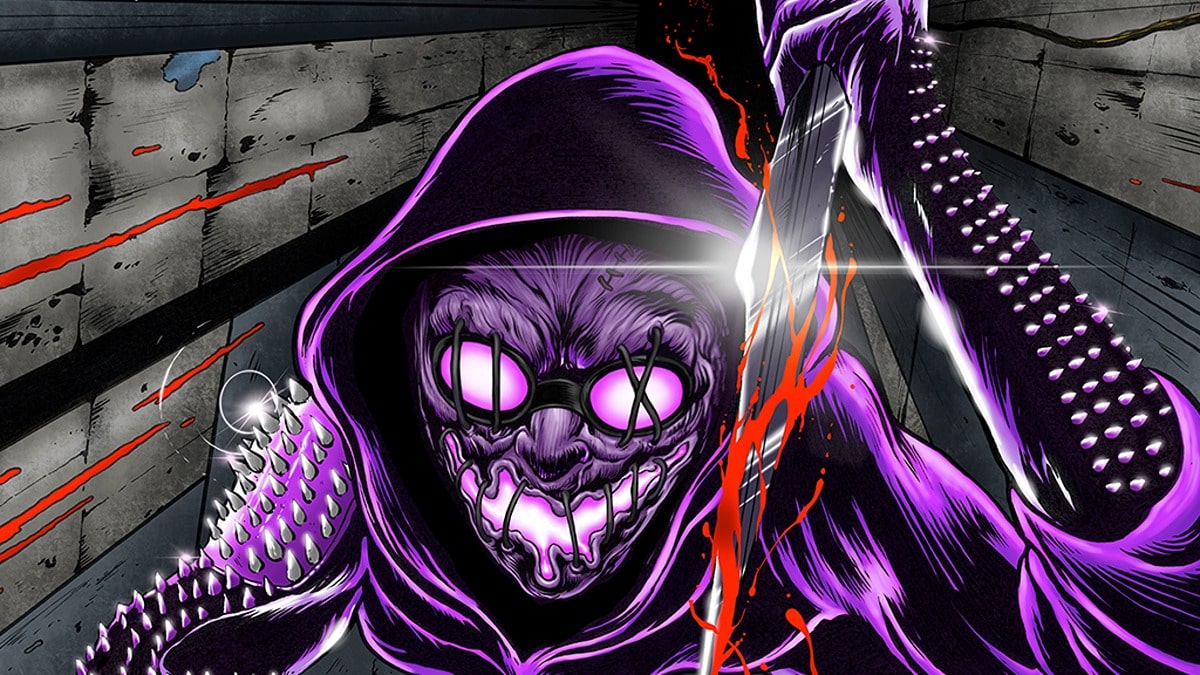


I was a bit disappointed with the book, I loved Human Chair, Amigara, Principal Post, Billions alone, and Licking Woman. I loved how Billions alone was so relevant, I wonder if it was intentional or a coincidence that it was one of the stories they decided to translate? Unearthly Love and Keepsake were pretty alright. However, ‘Master Umezz and Me’ really wasn’t interesting to me, and took so many pages that when I was reading it I thought that they could have translated one or two full stories instead of this autobiography. Lastly, The cover story, Venus in The Blind Spot really didn’t have any punch to it, and was a very weak story for being advertised on the cover.
Loved the new stories!
Venus in the blind spot, uneartly love, keepsake and how love came to professor Kirida, it was cute to see Junji ito’s inspiration in Master Umezz & me.
Comments are closed.